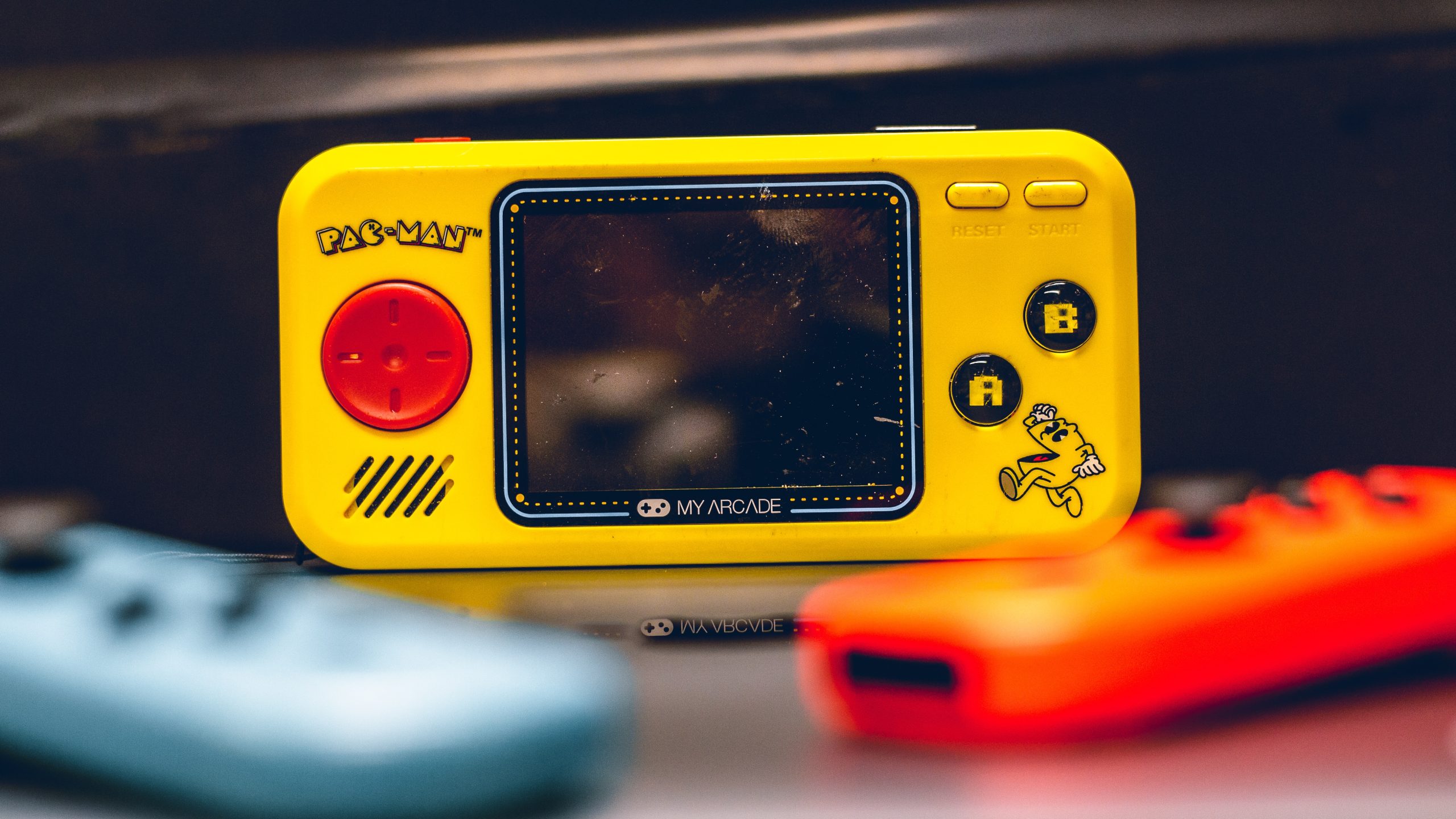A Brief History of Gaming Collectibles
The gaming industry has a long-standing relationship with physical merchandise and collectibles. These items not only monetize games but also allow developers to engage with fans on a more personal level. From the early days of achievement badges offered by Activision to the present-day virtual and physical products for sale, gaming collectibles have become an integral part of the game experience. With the advent of digital in-app purchases, a market valued at $37bn, some gamers are willing to spend $50 or more to obtain physical items related to their favorite games. This allows game developers to tap into the lucrative $13bn collectibles market with many big players such as PlayStation participating as seen here.
In-Game Merchandise: Blurring the Lines Between Digital and Physical Worlds
One of the most promising trends in gaming is the integration of in-game merchandise. By offering physical products within digital gaming environments, game developers create a more immersive experience for players and have the potential to generate even more revenue. This convergence of the online and offline worlds encourages players to purchase branded items and helps bring game franchises to life.
Successful In-Game Merchandise Campaigns
Several game developers have successfully implemented in-game merchandise strategies. For instance, Bungie’s promotion for its new Destiny DLC, and Snowman’s in-game store for Alto’s Adventure, both resulted in significant revenue and engagement from players. The success of these campaigns demonstrates the potential for in-game merchandise to revolutionize the gaming industry.
The Rise of Online Marketplaces: Opportunities for Indie Developers
Indie game developers have also embraced merchandise as an additional sales strategy. The emergence of online marketplaces has made it easier for smaller developers to create and sell their own branded merchandise, without having to rely on traditional retail channels. Many developers are leveraging dropshipping and print-on-demand services to minimize costs and maximize profits.
On-Demand and Dropshipping Services
Services like Printful and Gooten offer on-demand printing of shirts and apparel, making it cost-effective for indie game developers to produce and sell their merchandise. More specialized services like Happy Worker, FanGamer, and iam8bit provide customization options for figurines and plushies, along with the added benefit of a built-in marketplace for their products. This means that even smaller developers can enter the lucrative gaming collectibles market with ease.
Conclusion
The gaming industry is continuously evolving, and one major driver of this change is the growing importance of in-game merchandise and physical collectibles. As online and offline worlds increasingly intersect, developers have discovered creative ways to monetize their games while providing an engaging and immersive experience for their players. The rise of online marketplaces and on-demand services have democratized the gaming collectibles market, opening up opportunities for indie game developers to connect with fans and generate additional revenue. As technology continues to advance, the lines between the digital and physical realms of gaming will likely blur even more, creating new and exciting possibilities for both gamers and developers alike.
The Evolving World of Video Game Merchandise: A Lucrative Intersection Between Physical Collectibles and Digital Gaming
